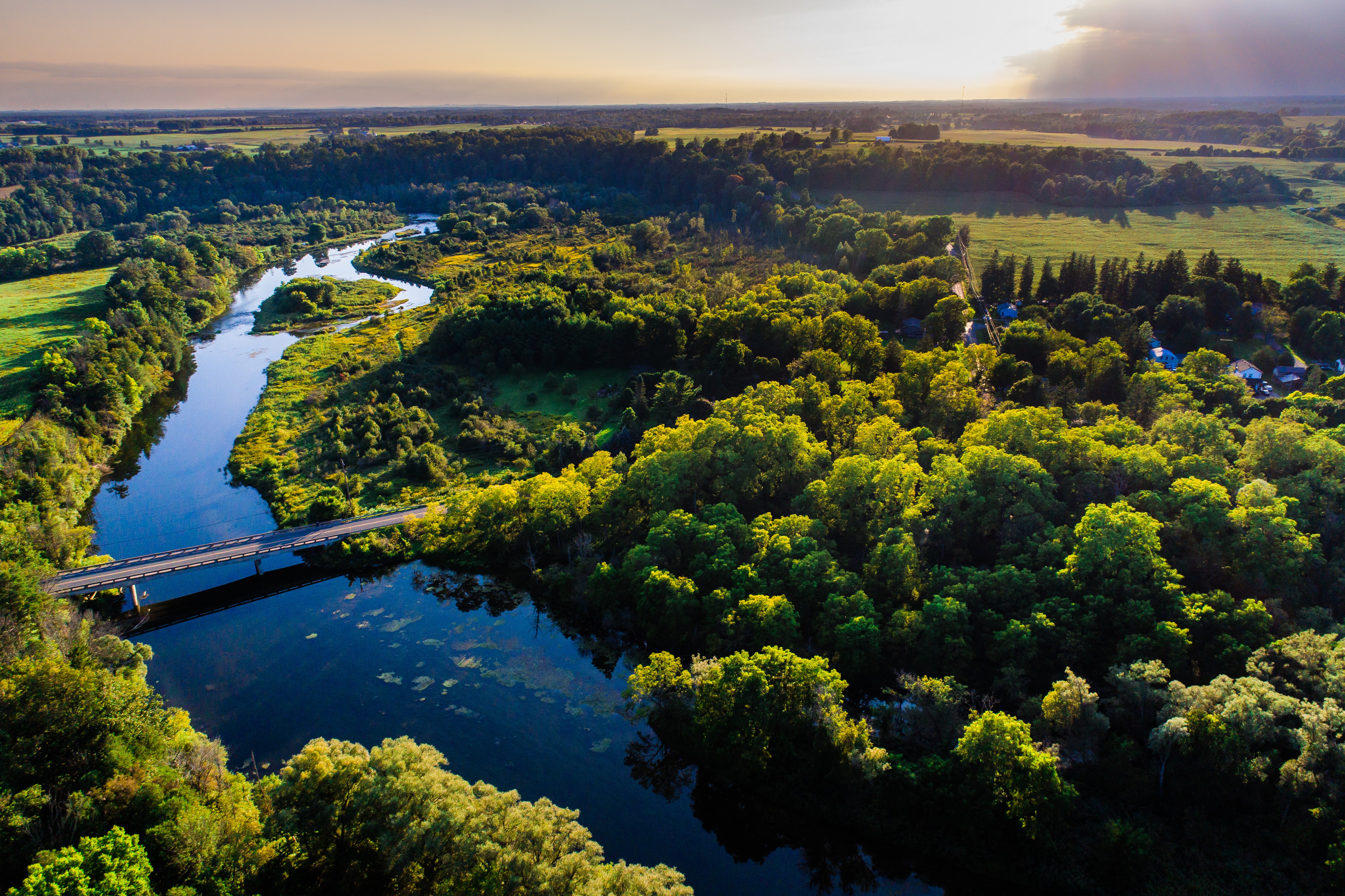Have your say on changes to curbside waste collection
Potential changes could include the launch of a green bin program for food waste, changes to collection schedules, a limit on garbage bags and more
 Oxford County is looking for public feedback on changes to the curbside collection program, including the potential launch of a “green bin” program to collect organic waste like food scraps and paper towels.
Oxford County is looking for public feedback on changes to the curbside collection program, including the potential launch of a “green bin” program to collect organic waste like food scraps and paper towels.
Residents can share feedback through the online survey open now until April 30, 2024, at www.oxfordcounty.ca/speakup. Residents who fill out the survey have a chance to win a backyard green cone or a set of 20 bag tags, with separate draws taking place for each of Oxford’s eight area municipalities.
Feedback can also be submitted through an online comment card or at the virtual public information meeting scheduled for Wednesday, April 24 at 6:30 p.m. More details are at Speak Up, Oxford!
At present, curbside collection in Oxford County includes garbage, blue box recycling, and large items like furniture that are picked up on special schedules.
Future changes to curbside collection could include:
- the start of a "green bin" program to collect residential source-separated organics (e.g., food scraps);
- changes to how often garbage is collected;
- changes to how waste is collected on statutory holidays;
- waste collection in urban versus rural areas;
- limits on how many garbage bags can be set out at the curb; and,
- the use of clear garbage bags to ensure recyclable or organic material is not thrown out with garbage.
Oxford County is looking at changes to the curbside collection program as it prepares for changes under Ontario’s Resource Recovery & Circular Economy Act. This includes the transfer of blue box recycling collection from Ontario’s municipalities to producers and distributors of packaging material and paper products.
Right now, recycling in Oxford is collected by Oxford County’s third-party contractor or under contract with the Township of South-West Oxford or City of Woodstock. That ends on December 31, 2025, after which all municipalities must change over to the new province-wide recycling program.
An audit of curbside garbage in Oxford County in 2021 found that more than half of residential waste by weight was made up of organic material that could be diverted from landfill and used for other purposes, such as renewable natural gas or compost.
Other considerations for the County’s waste management program include the need to reduce landfill methane emissions to meet Canada’s targets for reducing greenhouse gas emissions, and Oxford County Council’s commitment to climate change mitigation and adaptation under the 2023-2026 Strategic Plan.
Fill out and survey and learn more at www.oxfordcounty.ca/speakup.
Comment
Marcus Ryan, Warden, Oxford County
“Assessing the curbside waste collection program now allows us to address a number of legislative, environmental, and program efficiency requirements. It also presents the opportunity to ask residents how potential changes might serve and impact them. If you want to see an organics or green bin program in Oxford County, now is the time to share your thoughts as County Council considers the goals and design of the residential curbside collection program.”
Background
An independent audit of curbside garbage in Oxford County in 2021 found that approximately 60% (by weight) of the “black bag” contained organic material that could be diverted from landfill and used for beneficial purposes, such as renewable natural gas or compost/soil amendment. The amount of organic waste found in the black bag was typically higher in urban areas than in rural areas. (See Oxford County Council Report PW 2022-33.)
- According to Environment and Climate Change Canada, municipal solid waste landfills are responsible for about 23% of Canada’s methane gas emissions from decomposed organic waste that was buried in landfills over 20 years ago. While the volume of methane collected at the Oxford County Waste Management Facility has been generally low, the landfill is subject to targets under the Government of Canada’s Climate Action Plan. (See Oxford County Council Report PW 2023-31)
- Under Ontario’s Food and Organic Waste Framework, communities with populations of 25,000 or more are required to operate an organics (green bin) program. In Oxford County, this would apply for City of Woodstock and the Town of Tillsonburg at minimum. (See Oxford County Council Reports PW 2023-42 and PW 2020-56)
See the full backgrounder on Speak Up, Oxford!
Social media and online content
Facebook: Oxford County
X (Twitter): Oxford County
Instagram: OxfordCountyCA
www.oxfordcounty.ca/speakup
www.oxfordcounty.ca/newsroom
About Oxford County
Located in southwestern Ontario at the crossroads of Highways 401 and 403, Oxford County has a population of approximately 135,000 people across eight area municipalities that are “growing stronger together.” A partnership-oriented, two-tier municipal government, Oxford County is committed to 100% renewable energy, zero waste, zero poverty, and being 100% housed. Oxford County is situated in one of Ontario’s richest areas for farmland, with a diversified local economy that is home to an innovative agricultural industry, leading automotive manufacturers, and the Oxford County Cheese Trail. Oxford also offers a thriving local arts and culinary community, as well as conservation parks, natural areas and more than 100 kilometres of scenic trails. The County’s Strategic Plan puts forward a vision of “Working together for a healthy, vibrant, and sustainable future.” The Oxford County Administration Building is in Woodstock, Ontario. Visit www.oxfordcounty.ca, follow us on social media, or download our Facts and Stats to learn more.














